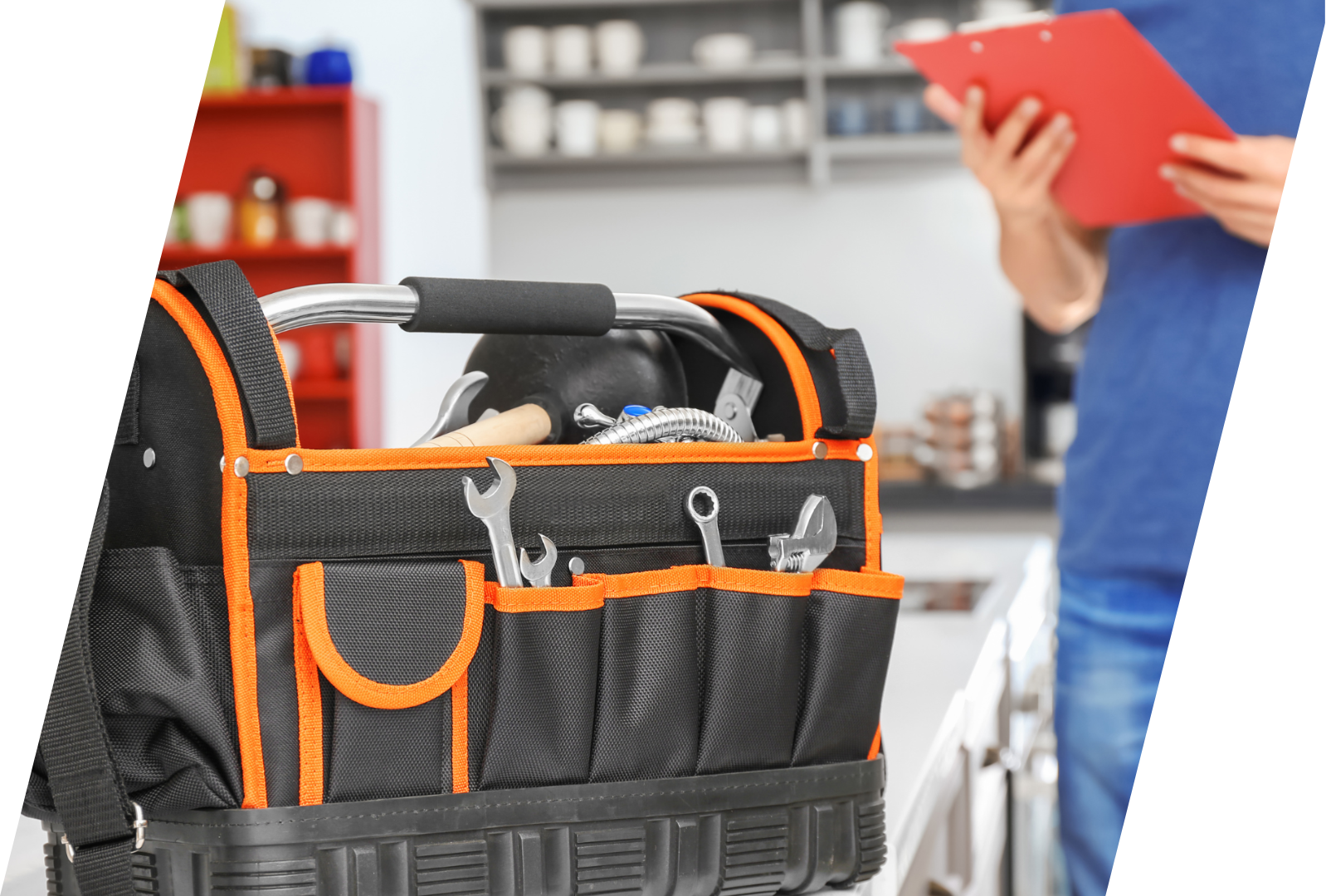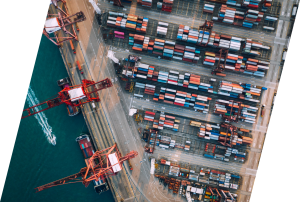The most significant hidden danger facing plumbers currently might just be in your insurance policy wording.
What we’re seeing more and more from the insurance market is the exclusion of cover for work in buildings higher than two storeys. This is due to a large number of significant damage claims, such as water damage, in recent years (when we say significant, we’re talking hundreds of thousands of dollars of damage, even over $1 million).
What’s caused this risk?
There are two particular issues specific to this problem. One is burst flexi-piping causing water damage claims, and the other is where the crimping’s not done correctly or as securely as what welding might have done. Obviously when you have a high rise, the bigger issues with a burst that occurs on the upper storeys impacts the levels below who then are making property damage claims against the plumber.
Then add to that, if you’re working in a commercial space, it’s not just home and contents claims, it’s loss of income, business interruption expenses, business relocation expenses and, probably the most significant claim we’ve heard of (seven figures) occurred in a building with highly sensitive and expensive government equipment (computer software, servers, etc) in the basement level – everything was fried due to the water damage.
Are you covered??
As a result of these kinds of damage claims, we’ve seen the market contract – a lot of insurers are pulling out of the space, premiums are going through the roof for plumbers. And what some insurers are doing, rather than increasing premiums as much as they probably should to cover the risk correctly, they’re now putting exclusions into the policy instead, stating that you won’t be covered for working at heights greater than two storeys.
Given the number of high rise buildings being constructed especially in NSW, there wouldn’t be too many plumbers that wouldn’t have some sort of exposure, from fixing a kitchen sink through to substantive renovations or construction of a new apartment block.
Is this a common occurrence?
Absolutely, unfortunately we’re aware of insurers using these exclusions to deny claims based on this exclusion and if it happened to you, it could leave your business significantly out of pocket.
How can you check if this is impacting your insurance cover?
Firstly, check your policy wording and your policy schedule to make sure you don’t currently have an exclusion around working at heights. If you’re trying to do that yourself, you can search your documents using ctrl+F for the keywords ‘heights’, ‘storeys’ etc. You should speak to your insurance company or your insurance broker to confirm whether or not you have those exclusions in your policy.
We’ve generally found that those using direct insurers are more likely to have the exclusion in the wording and not know about it. Most brokers should and would know about this and shouldn’t be putting forward any solution or offering to customers that has this kind of exclusion within the wording.
If you do have the exclusion in place, we’d recommend you speak to a broker immediately and get a policy that doesn’t carry the exclusion.
How can you manage the risk?
Even if you are covered, if a significant claim occurs you might find it difficult to get insurance the following year, so it’s better of course to avoid the issue in the first place where possible.
We’ve got three key tips to help mitigate your risk:
- Quality suppliers – know where you’re purchasing those flexi-pipes and flexi-hose from, pick a reputable Australian supplier so if there is actually a manufacturing fault, your insurer is able to seek recoveries from the supplier for the faulty product. IMPORTANT NOTE: If you’re importing products like these, you’re likely to be considered ‘the manufacturer’ so you’re essentially assuming that risk yourself and there’s no avenue of recourse for the insurer to seek recoveries of the product is faulty or damaged in transit. It will sit with you.
- Quality control – have a thorough (and documented! There are apps available you could use) process to check the quality around crimping and installation of flexi-hoses to make sure there are no errors that could lead to water damage.
- Leave instructions – make sure you leave written instructions as per the manufacturers’ specifications for the homeowners regarding the products, their longevity, any servicing or testing that should be done, etc. Because even if you’ve done nothing wrong, you don’ want to spend $50,000 in legal fees defending yourself if you can avoid it with clear communication up front.
Gone are the days when an insurer will say ‘Oh you’ve been a client with us for 15 years, we’ll pay the claim.’ Now, whether the claim is $5,000 or $500,000, if that exclusion is on the policy, the insurer will not likely pay the claim.
Need a hand?
If you’d like to speak to someone about your specific situation or get a quote, contact us.





